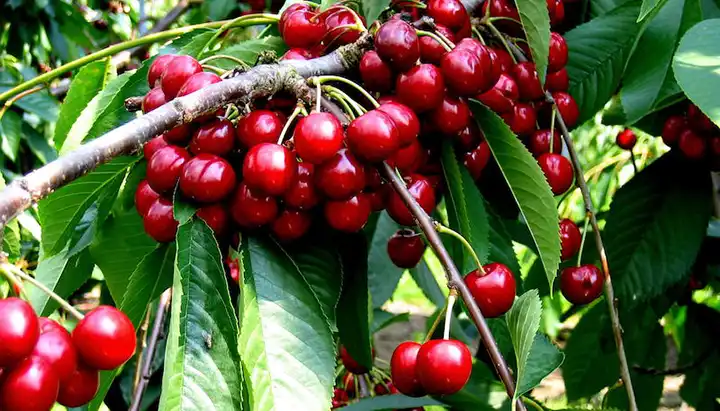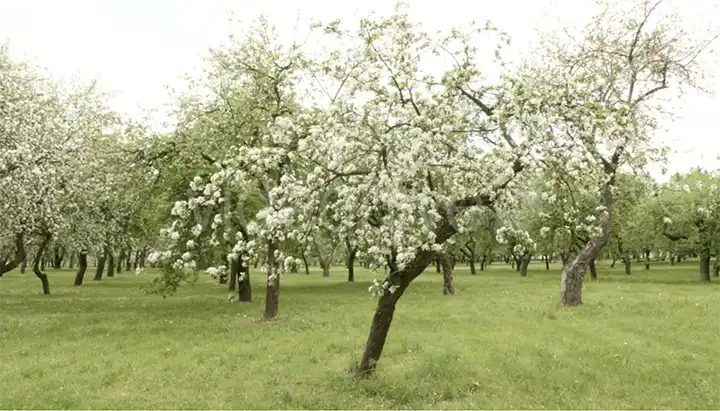Is Wisteria Poisonous to Humans and Animals? Yes, It Is
The Beauty and Risks of Wisteria: A Comprehensive Guide to Safe Gardening
Wisteria is undoubtedly a stunning addition to any garden with its beautiful cascading blooms. However, it is essential for gardeners and plant enthusiasts to be aware that wisteria is poisonous to both humans and animals if ingested. Understanding the risks associated with this plant is crucial, especially for those with pets or young children.
Understanding Wisteria Poisoning
Toxic Components
Wisteria contains harmful compounds such as lectins and wisterin glycosides, which are primarily concentrated in the seeds and pods. These toxins can cause severe gastrointestinal distress if ingested.
Symptoms of Wisteria Poisoning

In Humans:
- Nausea and vomiting
- Abdominal pain and cramps
- Diarrhea
- Dizziness and confusion in severe cases
In Animals:
- Drooling
- Vomiting and diarrhea
- Lethargy
- Depression
- Loss of appetite
First Aid and Treatment
Immediate medical or veterinary attention is crucial if wisteria ingestion is suspected. Activated charcoal may be administered to absorb the toxins, but do not induce vomiting unless directed by a healthcare professional. Learn more about treating plant poisonings in 12 Toxic Plants You Should Never Have In Your House or Yard.
Safety Tips for Growing Wisteria
Despite its dangers, wisteria can be safely grown with the right precautions:
- Location Matters: Plant wisteria in inaccessible areas to children and pets, possibly fenced off or elevated.
- Regular Maintenance: Prune regularly to remove seed pods, minimizing accidental ingestion risks. For pruning tips, visit 10 Common Plants That Need Winter Pruning.
- Education: Teach your family about the dangers of wisteria. Ensure children know not to touch or ingest any part of the plant.
Companion Planting with Wisteria
Incorporate plants that complement wisteria’s growth and enhance garden safety. Clematis, for example, matches the climbing habit of wisteria and shares similar care requirements. Discover more companion plants and techniques at Transform Your Garden: DIY Living Decorations for a Stunning Outdoor Oasis.
Gardening in Raised Beds
For added safety, consider growing wisteria in raised beds. This method keeps the plants out of reach of children and pets and provides better soil condition control. Raised beds are an effective solution for safer gardening and planting practices, especially when dealing with toxic plants.
Designing a Safe Garden
When designing your garden, balance aesthetics with safety. Use companion planting to create a balanced ecosystem and strategically place potentially hazardous plants to minimize risks. For inspiration on beautiful yet safe garden additions, check out The 15 Most Beautiful Trees in the World.

Wisteria, with its enchanting blooms, can indeed be a wonderful addition to gardens. However, understanding and managing the risks are essential. By implementing strategic safety measures and gardening practices, you can enjoy the beauty of wisteria without compromising the safety of your family and pets. Learn to grow wisteria safely with our guide at How to Grow Wisteria in 7 Quick Steps.



















